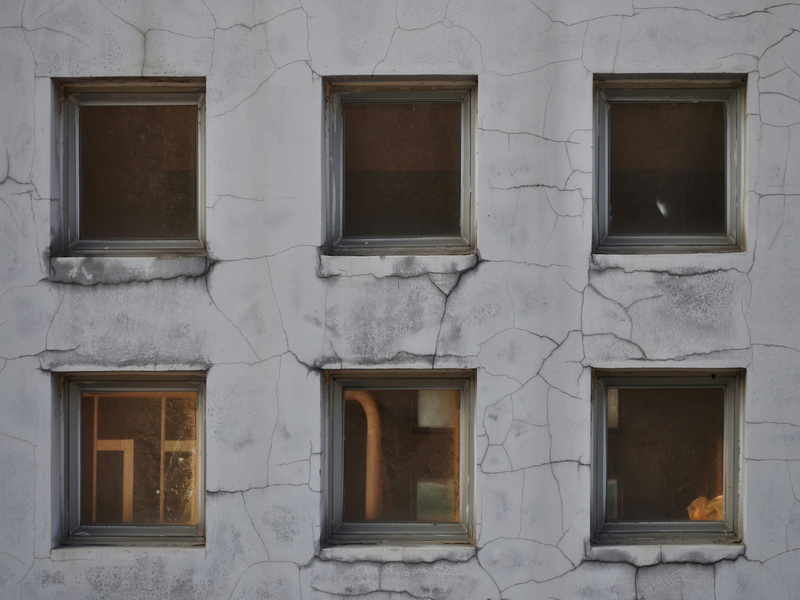English 




Views: 222 Author: Astin Publish Time: 2025-02-22 Origin: Site



Content Menu
● Understanding Aluminum Windows
● Average Cost of Aluminum Windows
>> Window Unit
● Comparing Aluminum to Other Window Materials
>> Wood Windows
>> Preparation
>> Final Checks
● DIY vs. Professional Installation
● Energy Efficiency Considerations
>> Low-E Glass
>> 1. Are aluminum windows more expensive than vinyl?
>> 2. How long do aluminum windows last?
>> 3. Are aluminum windows energy efficient?
>> 4. Can I install aluminum windows myself?
>> 5. What factors affect the cost of aluminum window installation?
Aluminum windows have become increasingly popular among homeowners due to their modern aesthetic, durability, and long lifespan. If you're considering upgrading your home's windows, you might be wondering about the cost of installing aluminum windows. This comprehensive guide will explore the factors that influence the price, average costs, and other important considerations to help you make an informed decision.
Aluminum windows are known for their sleek appearance and strength. They can last up to 50 years with proper maintenance, making them a long-term investment for your home. While they may not be as energy-efficient as some other materials due to their heat conductivity, choosing aluminum windows with a thermal break can significantly improve insulation and energy savings.

As of January 2025, the cost to install aluminum windows typically ranges from $400 to $850 per window, including both materials and installation[1][4]. This price point places aluminum windows in a mid-range category, slightly more expensive than vinyl but often less costly than wood or fiberglass options.
Several factors can influence the final price of your aluminum window installation:
Larger windows or specialty shapes will generally cost more than standard sizes. Single-hung or sliding windows are often less expensive than casement or double-hung styles.
The type of glass you choose can significantly impact the price. Double-pane, low-E glass with argon insulation is a popular choice that balances cost and energy efficiency[1].
The quality of the aluminum frame affects both price and performance. Higher-end frames may include thermal breaks or reinforced construction, which can increase costs but also improve energy efficiency and durability.
Custom colors, finishes, or hardware options will add to the overall cost of your windows.
The difficulty of the installation process can affect labor costs. For example, replacing existing windows is typically less expensive than creating new openings.
To give you a clearer picture of what you might expect to pay, here's a breakdown of costs for a typical aluminum window installation:
The aluminum window itself usually costs between $262 and $401 per unit[1]. This price includes the frame, glass, and basic hardware.
Labor costs for installation can range from $262 to $401 per window[1]. This covers the basic work required to set the window in place, secure it, and ensure proper functionality.
Additional materials such as fasteners, shims, flashing, and insulation typically cost between $21 and $32 per window[1].
If you need to remove old windows, this can add an extra $262 to $401 per window to your total cost[1]. Debris disposal may also incur additional fees.
When considering aluminum windows, it's helpful to compare their costs to other popular window materials:
Vinyl windows are often the most affordable option, ranging from $200 to $600 per window[4].
Composite windows typically cost between $400 and $1,100 per window[4].
Fiberglass windows are on the higher end, with prices ranging from $750 to $1,100 per window[4].
Wood windows are often the most expensive option, costing between $800 and $1,300 per window[4].
Understanding the installation process can help you appreciate the costs involved:
The process begins with measuring and preparing the opening. This includes ensuring the rough opening is clean, dry, and properly sized[2].
Before installation, the window is inspected for any damage and measured to ensure it fits the opening correctly[2].
The window is carefully placed into the opening, leveled, and shimmed to ensure proper positioning[2].
The window is then secured to the frame and sealed to prevent air and water infiltration[2].
The installation concludes with a thorough cleaning and inspection to ensure everything is working correctly[2].

While DIY installation might seem like a way to save money, it's generally not recommended for aluminum windows. Professional installation ensures:
- Proper sealing and insulation
- Compliance with manufacturer specifications
- Optimal energy efficiency
- Reduced risk of moisture problems
- Better aesthetic results
- Safety, especially for upper-story windows
The cost of professional installation is often worth it in terms of long-term performance and energy savings[4].
Although aluminum is highly conductive, modern aluminum windows can be quite energy-efficient when properly designed:
Look for windows with thermal breaks, which are insulating plastic strips between the interior and exterior of the frame that reduce heat transfer.
Low-emissivity (Low-E) glass coatings reflect heat while allowing light to pass through, improving the window's insulating properties.
Double or triple-pane windows with inert gas fills (like argon) between the panes provide better insulation than single-pane options.
Aluminum windows are known for their durability and low maintenance requirements. To keep them in top condition:
- Clean the frames and glass regularly with mild soap and water
- Lubricate moving parts annually
- Check and replace weatherstripping as needed
- Inspect for any signs of wear or damage periodically
With proper care, aluminum windows can last for decades, making them a cost-effective choice in the long run.
Installing aluminum windows is a significant investment in your home's appearance, comfort, and energy efficiency. While the initial costs may be higher than some alternatives, the durability and longevity of aluminum windows can make them a wise choice for many homeowners. By understanding the factors that influence cost and working with reputable professionals, you can ensure that your new aluminum windows provide value and performance for years to come.

Aluminum windows are generally more expensive than vinyl windows. While vinyl windows typically cost between $200 and $600 per window, aluminum windows range from $400 to $850 per window, including installation[4].
Aluminum windows are known for their durability and can last up to 50 years with proper maintenance. This long lifespan often justifies their higher initial cost compared to some other window materials.
While aluminum is naturally conductive, modern aluminum windows can be quite energy efficient when designed with thermal breaks and low-E glass. However, they may not be as inherently insulating as materials like vinyl or wood.
While it's possible to install aluminum windows yourself, it's generally not recommended. Professional installation ensures proper sealing, alignment, and functionality, which are crucial for the window's performance and longevity[4].
The cost of aluminum window installation is influenced by factors such as window size, type, glass options, frame quality, customization, and installation complexity. Additionally, the need to remove old windows and dispose of debris can add to the overall cost[1][4].
[1] https://www.homewyse.com/services/cost_to_install_aluminum_windows.html
[2] https://gitportesfenetres.ca/en/resources/how-to-install-aluminum-window/
[3] https://gist.github.com/allenfrostline/c6a18277370311e74899424aabb82297
[4] https://todayshomeowner.com/windows/cost/aluminum-window-cost/
[5] https://cmd-jeld-wen.s3.us-east-2.amazonaws.com/assets/documents/2352113392.pdf
[6] https://b3logfile.com/pdf/article/1653485885581.pdf
[7] https://www.windowreplacementcostestimator.com/aluminum-window-costs.html
[8] https://pdf.lowes.com/productdocuments/d931a510-e693-4e60-969b-46375ac646df/01120388.pdf
[9] https://www.sohu.com/a/299875625_393384
Top Aluminum Furnitures Manufacturers and Suppliers in Czech Republic
Top Aluminum Furnitures Manufacturers and Suppliers in Poland
Top Aluminum Furnitures Manufacturers and Suppliers in Belgium
Top Aluminum Furnitures Manufacturers and Suppliers in Finland
Top Aluminum Furnitures Manufacturers and Suppliers in Denmark
Top Aluminum Furnitures Manufacturers and Suppliers in Greece
Top Aluminum Furnitures Manufacturers and Suppliers in Portugal
Top Aluminum Furnitures Manufacturers and Suppliers in Austria
Top Aluminum Furnitures Manufacturers and Suppliers in Norway
Top Aluminum Furnitures Manufacturers and Suppliers in Sweden
